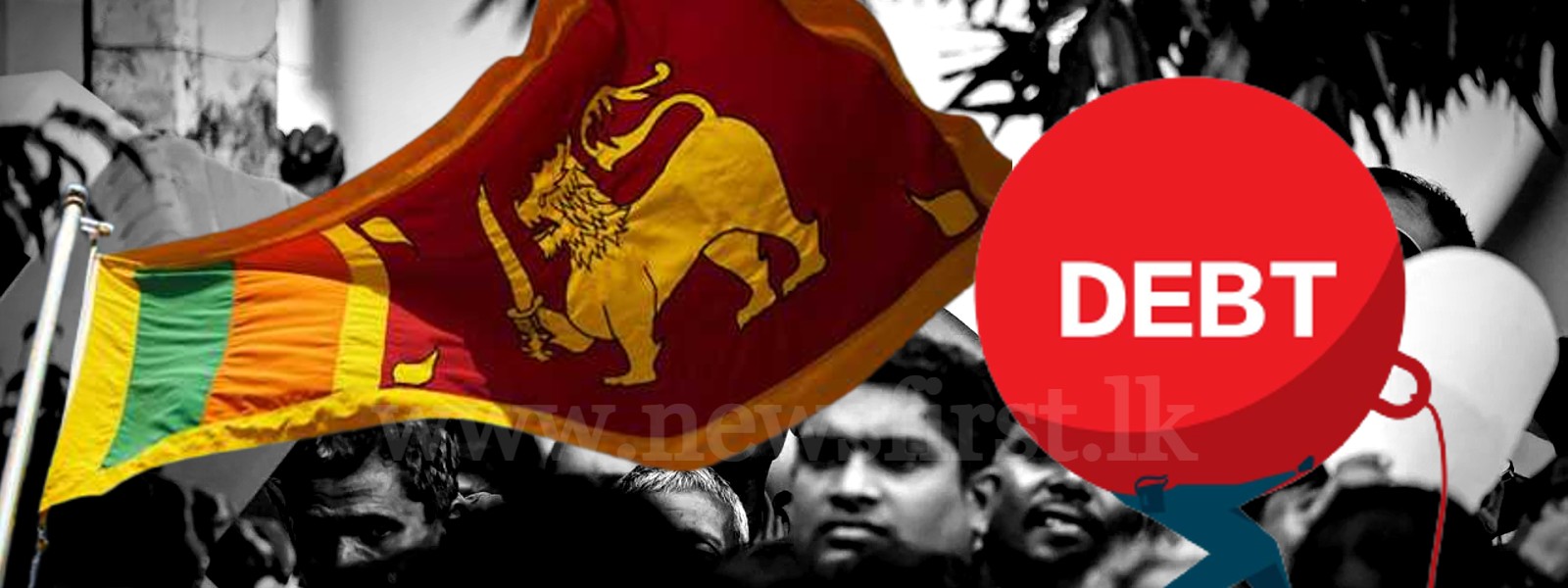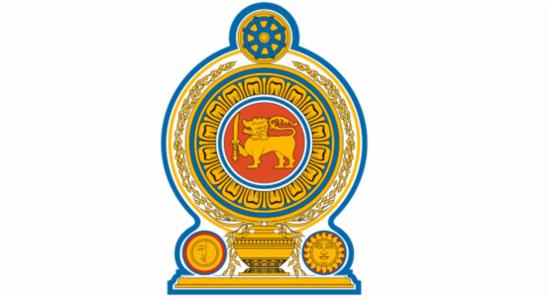.webp)

CAN SRI LANKA SURVIVE?
CAN SRI LANKA SURVIVE?
1. Underlying causes for the economic collapse
a). Unsustainable fiscal deficit
Long years of allocation of money for unproductive expenditure (Eg: even long after the war was over, defense had the highest budget allocation), continually sustaining loss-making State-Owned Enterprises (Sri Lankan airlines), Capital expenditure which yielded no return (Eg: Mattala airport, Hambantota port, Nelum Pokuna tower and Convention Centre), lifelong subsidies for fuel, power, fertilizer.
b) Funding the above with Printed money
Fueling inflation and damaging the exchange rate by creating an excessive demand for dollars through cheap money
c) Decline in Revenue
Indiscriminate tax exemptions and lowering of tax rates resulted in Revenue which accounted for 20% of GDP in 1990’s and declined to 8% now, thereby resulting in unsustainable fiscal deficits.
d) Deficits in Balance of Payment (BOP).
Continual outpacing of Exports by the Imports, greatly facilitated by the low-cost supply of printed money, the Dollar continued to increase its value against the Rupee. This resulted in exports stagnating or falling due to the Rupee being pegged administratively to the Dollar, rather being allowed to find its own value in the international market. This amounted to an anti-export policy.
e) Indiscriminate foreign borrowings
Since access being given to Capital Market, ISB’s were purchased regularly for non-revenue generating projects.
2. Historical cause
One may raise the question that for 74 years since independence we have had a BOP deficit, but we never faced such a crisis, so why now? The reason lies in what happened in 2006, when Sri Lanka was granted the Middle-Income status. Prior to graduating to this status, we were the recipients of generous aid and concessionary loan packages at hardly an interest rate with very long repayment schedules. Even with long years of negative BOP, we had no debt sustainability problems because we were bailed out by the several IMF/World Bank/ ADB etc packages because countries with lower income status had no access to the Capital Market and the International Sovereign Bond (ISB). Our first ISB borrowing was in 2007 and that certainly was not the last and our Government debt soared from that point onwards funding projects which had no Return on Investment and no Pay Back period. Hence the result is the current debt unsustainability. Our entry into ISB made us come under the rating agencies which exposed our financial indiscipline.
3. Steps taken in the mismanagement of the problem
a) Fixation of the Rupee to the Dollar by using the scarce reserves to defend the Rupee.
b) Large amount of Revenue loss due to Tax exemption and reduction.
c) Placing a cap on Treasury Bill rates thereby creating an artificial interest rate. This resulted in the under subscription of the Treasury Bills leading to printing of more money to compensate for the under subscription.
d) Delay in seeking IMF support. We should have done this in December 2020 when our debt was still sustainable and debt restructuring would not have been a pre-condition to IMF assistance. IMF in the 19990’s was very prescriptive but today they adopt a far broader approach.
4. The way forward
We need to acknowledge some of the positive steps that have been taken during the last 2 months.
a) Sharp increase in interest rates to combat inflation and dampen demand both locally and for imports.
b) Removing the cap on Treasury bill rates thereby allowing the interest rates to be market based.
c) Restrictions on Open Account trading instilling financial discipline thereby discouraging the grey market.
d) Removing the fix on the exchange rate and once reached a stable level allowed fluctuation within a specified band without allowing it to be out of hand.
e) Tax increases and allowing price increase in fuel and gas.
f) Curb on government expenditure
The above are measures for the management of inflation, exchange rate and fiscal operations. What needs to be done now is:
a) Debt sustainable analysis and an IMF Staff level agreement. This will open the door to (b)
b) In view of the Reserves being virtually zero, bridging finance needs to be negotiated. The likely countries are India and Japan.
c) IMF funding.
The above should instill confidence and see more export conversions taking place, greater share of worker remittance coming into banking channels and inflows into the Stock exchange
About the Author:
Angelo Patrick: A Chartered Management Accountant and a Member of the Chartered Institute of Marketing with an MBA. The Group Finance Director of CMG with over 50 years in Corporate Finance in Sri Lanka, Canada and Indonesia. President of CIMA Sri Lanka Division in 92 – 93 and a Global Council Member of CIMA in UK. Was a Lecturer and examiner of MBA and Post Graduate Diploma in Manufacturing Management at the University of Colombo for over 15 years.
Other Articles
Featured News





.png )




-797147_550x300.jpg)

























.gif)